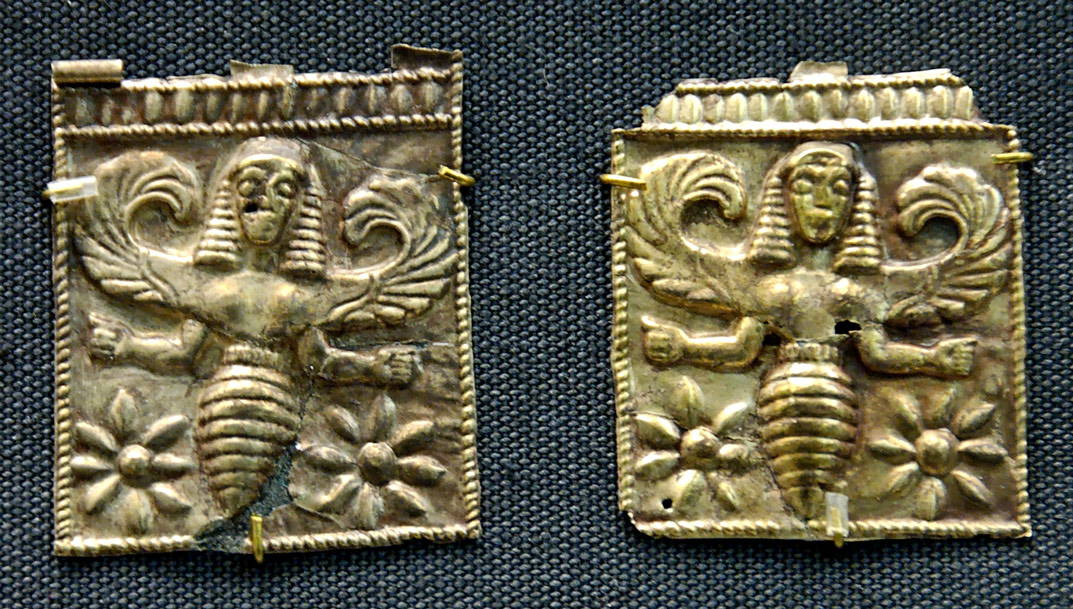Available 7 days - hours will vary (EST): +1 (862) 222-0442
7 days, hours vary (EST): +1 (862) 222-0442
Fun Fact: In ancient Greece, priestesses of goddesses like Demeter were called Melissae—“bees.” Why? Because bees were believed to carry divine messages between the heavens and the Earth. Basically, sacred little mail carriers with wings!
Fun Fact: In the world of ancient Greece, butterflies weren’t just garden visitors—they were symbols of the soul, transformation, and something far more eternal. The Greek word ψυχή (psyche) meant both “soul” and “butterfly.” That’s no coincidence.
One of the most poetic myths tells the story of Psyche, a mortal woman whose beauty rivaled even the goddess Aphrodite. After many trials (and a dramatic love story with Eros, the god of love), Psyche is granted immortality and becomes a goddess herself. She’s often depicted in art with delicate butterfly wings—a symbol of her soul’s transformation from mortal struggle to divine grace.
Fun Fact: Beeswax (keros) was the ancient world’s version of duct tape—it sealed letters, made candles, and even starred in art! Encaustic painting (with hot wax) was used in portraits that still survive today.
The word μέλι (meli) is so sweet, it's been the root of honey-related words across languages for thousands of years! In ancient Greece, honey wasn’t just dessert—it was medicine, currency, and a gift fit for the gods.
In ancient beekeeping texts, the queen bee was sometimes called “Basilissa ton melisson”—the Queen of the Bees. The Greeks recognized her as the heart of the hive long before modern science caught on.

Golden plaques depicting the Thriae, also known as bee-maidens or bee goddesses, from ancient Greek mythology. These figures are often associated with divination and prophecy.
0 of 3 items selected